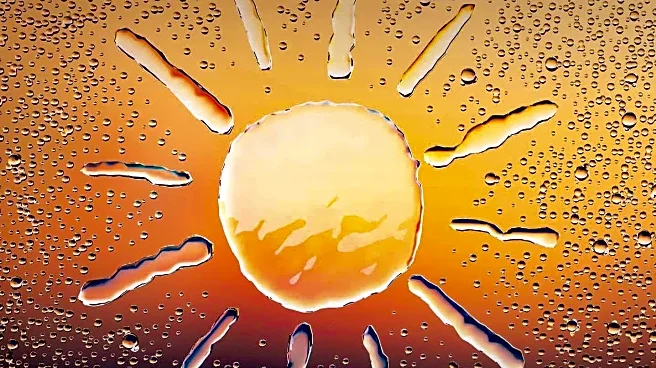Rapid Read • 7 min read
The article explores the folklore surrounding August rain and its effects on wine and honey production. Historically, vineyards relied on natural rainfall to maintain the terroir, a characteristic essential for wine quality. While irrigation can increase grape yield, it may compromise wine quality. A wet August can boost wine production but might affect quality. In dry years, late rain can save grape harvests, as seen in Bordeaux in 1995. For honey production, heavy August rain can damage flowers and hinder bees from foraging. However, moderate rainfall can enhance plant growth, extend blooming seasons, and increase nectar production, benefiting honey output.
AD
Understanding the impact of August rain on wine and honey production is crucial for agricultural stakeholders. Vineyards may need to balance between increased yield and maintaining wine quality, affecting economic outcomes for winemakers. Honey producers can benefit from extended blooming seasons, potentially increasing honey production. These insights can guide agricultural practices and inform decisions on irrigation and resource management, impacting local economies and food supply chains.
Vineyards and honey producers may consider adjusting their practices based on rainfall patterns. Winemakers might explore irrigation strategies that preserve wine quality while maximizing yield. Honey producers could focus on plant varieties that thrive with moderate rainfall, optimizing nectar production. Monitoring weather patterns and adapting to changing conditions will be essential for sustaining production levels and quality.
The relationship between weather patterns and agricultural output highlights broader environmental concerns. Climate change may alter rainfall patterns, affecting traditional agricultural practices and necessitating adaptive strategies. This could lead to shifts in regional agricultural economies and influence global food supply chains. Understanding these dynamics is vital for long-term sustainability and resilience in agriculture.
AD
More Stories You Might Enjoy










